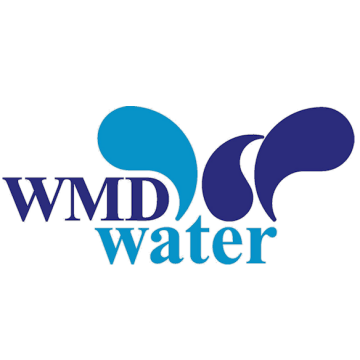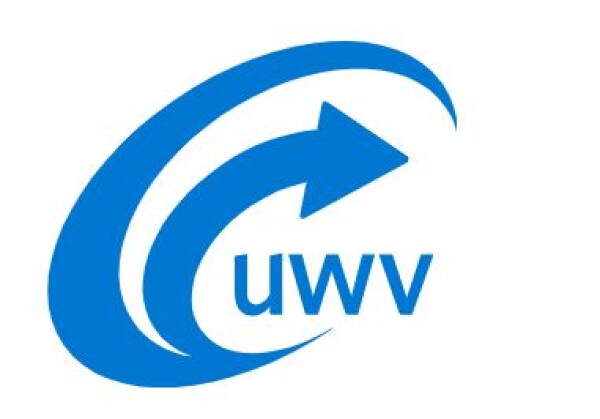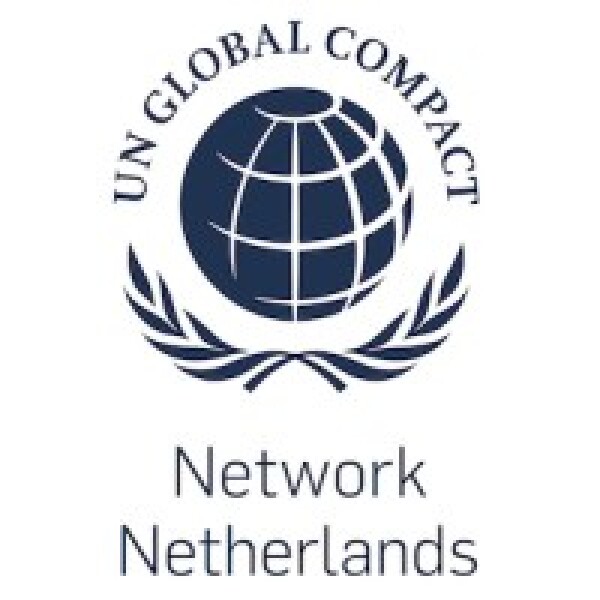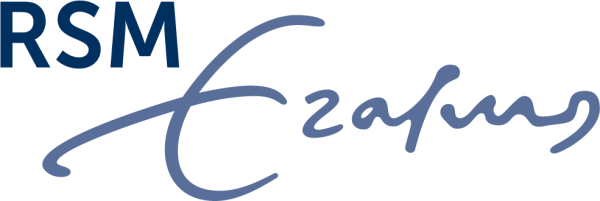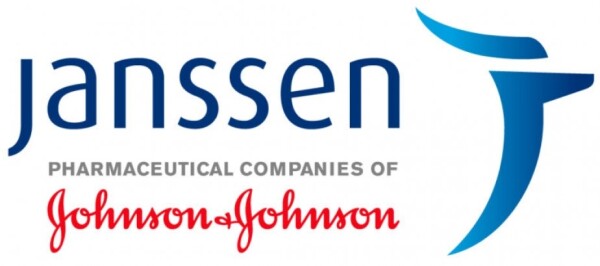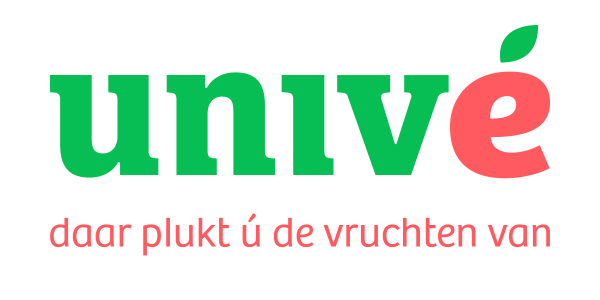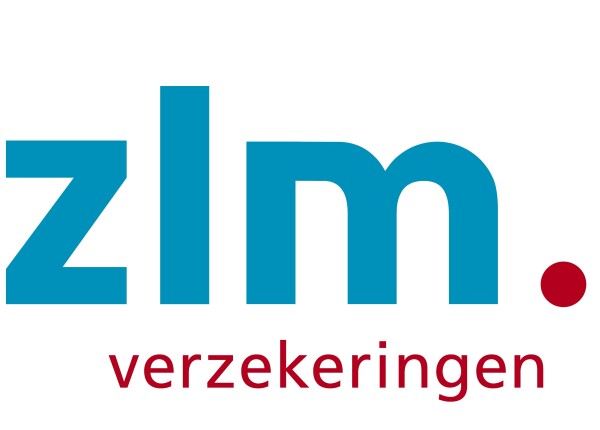Circularity within a drinking water company: how to make the right choices?
WMD Drinkwater
When it comes to a drinking water company, most people do not immediately think of circularity. Yet, material use plays a major role in the extraction, purification and distribution of water. The production of water pumping stations requires many carbon-intensive materials such as cement and steel. Distribution is via plastic pipes (PE/PVC). Some 100,000 kilometers of pipes lie underground in the Netherlands, with sections being replaced throughout the year.
Pumps, treatment plants and pipes are developed for the long term - often for at least 50 years. This already makes the industry relatively sustainable at the base. Nevertheless, the choice of materials and the possibility of reuse at the end of their useful life is crucial. What used to be considered sustainable - such as asbestos cement - no longer is.
So the question is: how do you make responsible choices today for the future?
WMD puts circularity on the map
Circularity is one of the material sustainability themes for which drinking water company WMD has formulated an ambition. As a new area of focus, WMD is focusing on gaining insights into the circular impact of existing processes and increasing knowledge through learning and experimentation. With these insights, they aim to gather input for the new strategic plan to be drawn up in 2027.
To realize this ambition as well as to meet the CSRD requirements (ESRS E5), preparations were needed in the short term. TOSCA was asked to provide support from September to November 2024, so that the new project leader had a strong foundation to build on.
The assignment: from definition to transition plan
TOSCA's assignment included:
- Formulating an appropriate definition of circularity, aligned with internal stakeholders;
- Working out the Impacts, Risks and Opportunities (IRO);
- An initial inventory of material inflows and outflows;
- Drawing up outlines for a transition plan with actions and policy measures towards 2027.
- Drafting an implementation plan in collaboration with IT and procurement for the materials passport, in line with the Blue Grids sector agreement. This plan was approved by the WMD board in December.
Important preconditions: insight and awareness
For a successful circular transition, insight into material flows and awareness among employees are essential. Therefore, TOSCA conducted interviews with suppliers, managers and employees from various departments. This provided a good picture of current circular initiatives, insight into improvement possibilities and opportunities to apply circular principles more concretely in practice.
Reflection from WMD
Marlous van der Veen, Strategic Program Manager Sustainability: “TOSCA has mapped a lot in a short time. With the implementation plan for the materials passport and the transition plan, they worked out the next steps for us. We still have a long way to go towards a circular water chain, but there is now a strong foundation that our project manager can move forward with.”
What we learned during this process
- Cooperation in the chain is essential. Knowledge about materials is often dependent on suppliers. Understanding their sustainability ambitions and challenges enables better cooperation.
- Policy must be guided by considerations. Current guidelines often focus on quality and cost efficiency. Analysis of existing policy shows what promotes or hinders circularity - and where adjustments are needed to stimulate circular construction and maintenance.
- Focus is on reuse. The water sector is primarily looking at residual streams/reuse, including in recording the materials used and their location in the materials bank, Madaster. The challenge now is: how do you translate these insights into better choices in design, procurement and construction?
- Make circularity concrete. In an organization primarily focused on drinking water production, circularity can feel abstract. However, its translation, for example into reuse, provides a lot of input and concrete insights. WMD will continue to work on this.
